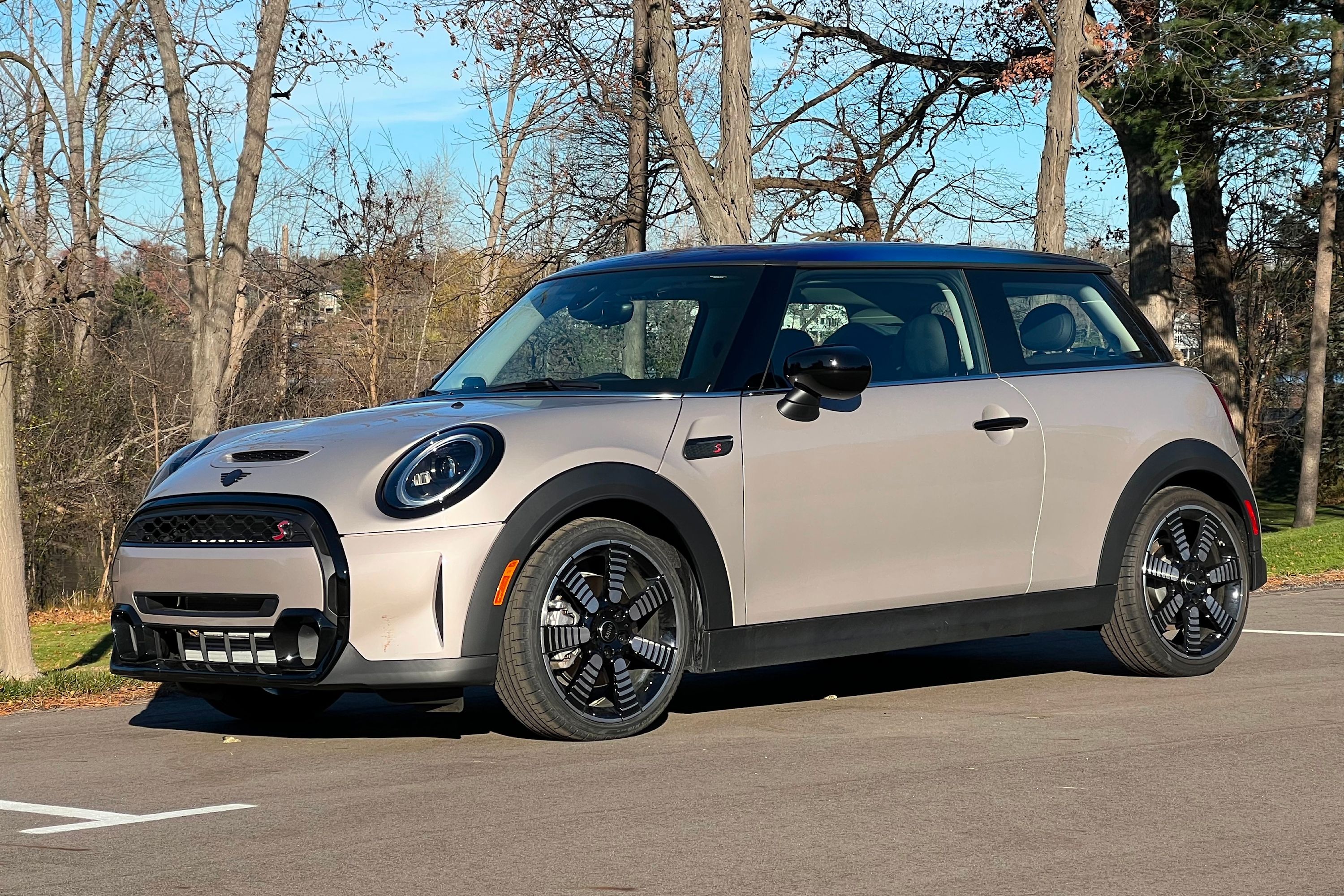
The long-awaited electric Mini Cooper has finally shown its face after being teased to the high heavens, and it hit the reveal stage in such a way that indicated that Mini is totally committed to electrification and won't simply fall out of relevance in the electric car era. By bypassing the model's historic internal combustion-engined lineage with electric motors and choosing a debut date ahead of its 60th birthday, Mini almost seemed to be saying that it's writing the first chapter of its future with the electric Cooper SE. The only problem with the Cooper SE, however, is that it's kind of disappointing.
In theory, that shouldn't be the case. It's an electric car based on the Mini 2-door hardtop, which features cutesy dimensions and best of all, go-kart handling on the road. It also amends the problems that plague EVs of its size: polarizing looks that turn away buyers.
And with electric torque helping it get off the line more quickly so it can zip through urban areas with ease, the Cooper SE could have played to all of its strengths to become a serious electric hot hatch that would ensure Volkswagen does its best not to screw up the ID.3.
In practice, however, the Cooper SE is something else entirely: an electric car that would have been impressive a few years ago, but that makes little sense today. The main reason for that, of course, is the fact the electric car market is evolving rapidly as range goes up while price and charge times go down, and that the new three-door hatch doesn't gain any of the advantages the latest EV tech has to offer. To build the SE, Mini added the BMW i3s' powertrain to the Cooper and installed its batteries in the transmission tunnel.
By using the dated and soon-to-be-replaced i3s' powertrain, BMW's subsidiary compromised itself with an EPA-estimated range of only 114 miles per charge. That ensures the Cooper SE falls well short of competitors like the Chevy Bolt and Nissan Leaf Plus, both of which feature over 200 miles of range on a full battery.
Given that BMW has likely made big strides with its electric technology for the i3's upcoming successor, the iX3 crossover, it could have given Mini that tech to build a powertrain with enough range to make it competitive with the current generation of electric cars. Stuffing it into a retro package like the Cooper would just be icing on the cake. Whether BMW and Mini dropped the ball in order to prevent cannibalizing the iX3 or not, the Cooper SE is proof that BMW is stalling just a little longer before it gets serious about EVs.
